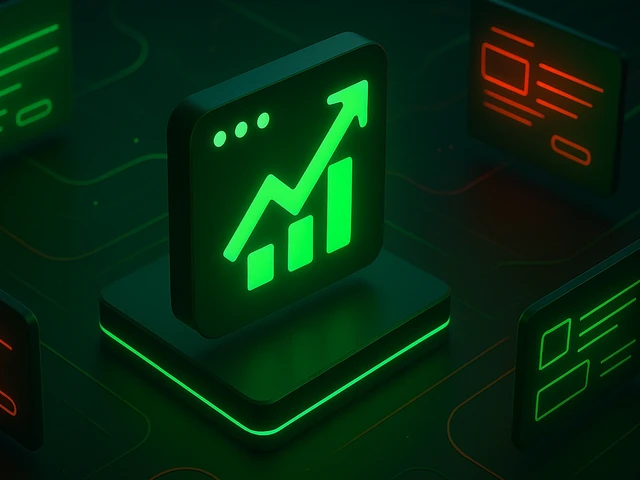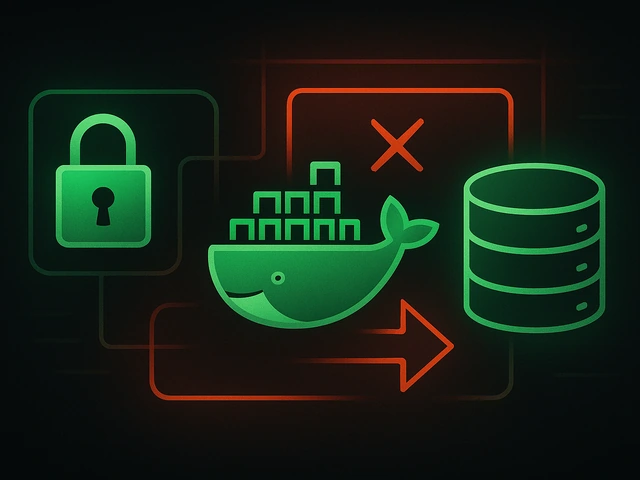
In the previous article, we considered several of the most popular operating systems that are usually chosen for installation on VPS servers. And today we want ...
3v-Hosting Blog
7 min read
Choosing the right server configuration is critical for ensuring optimal performance, scalability, and cost-efficiency. Whether you are hosting a website, running complex applications, or managing databases, the server you select will have a direct impact on the success of your operations. From CPU performance to storage options, network capabilities, and software environments, each component of the server needs to be carefully considered based on your specific requirements. This article delves into the essential factors you need to evaluate when selecting a server configuration that best meets your needs.
The first and foremost factor to consider when choosing a server configuration is the type of workload it will handle. Different workloads place different demands on server resources such as CPU, memory, storage, and network bandwidth. For example:
Web Hosting: If you are hosting a website, especially one with high traffic or dynamic content, you need a server with sufficient CPU cores, memory, and a fast storage solution like SSDs. The server must also support a stable and high-performance network connection to handle multiple user requests simultaneously.
Database Management: Database applications are typically I/O-intensive, meaning they require fast read/write operations to storage. A server hosting a database needs ample memory to cache frequently used data, as well as a multi-core CPU for handling concurrent queries efficiently.
Virtualization: Running virtual machines or containers on a server requires significant CPU and memory resources. In such cases, CPU core count and memory size are crucial, while storage IOPS (input/output operations per second) play a major role in ensuring smooth operations.
Compute-Intensive Applications: If your server will be running applications that require heavy computation, such as machine learning models or scientific simulations, choosing a high-performance CPU and possibly even a GPU (Graphics Processing Unit) is important. These tasks demand immense processing power and memory bandwidth.
By clearly defining your workload, you can identify the right balance of CPU, memory, and storage, ensuring that your server configuration aligns with your needs without over-provisioning resources.
Once the workload is understood, the next decision revolves around whether you need a physical server or a virtual server (such as a cloud server or virtual private server). Both options offer distinct advantages and trade-offs.
Physical Servers: Also known as dedicated servers, these are physical machines exclusively allocated to one client. The advantage of physical servers is that you have complete control over the hardware and no resource sharing with other users. This is ideal for applications that require consistent performance and large resource allocations, such as enterprise-level databases or critical business applications. However, physical servers can be costly to maintain and scale, as adding more resources may require purchasing additional hardware.
Virtual Servers: Virtual machines (VMs) or Virtual Private Servers (VPS) and containers operate on shared physical hardware through virtualization technology. This allows for flexible resource allocation and scaling. Virtual servers are generally more cost-effective, especially for smaller workloads or environments where scalability is a priority. Cloud-based virtual servers also allow for rapid scaling based on demand. However, since virtual servers share hardware with other users, performance can be affected by resource contention.
The choice between physical and virtual servers depends on factors such as the need for dedicated hardware, scalability, and budget constraints. In many cases, virtual servers are sufficient for general use cases, but if your workload demands high performance with minimal latency, a physical server may be the better option.
The CPU is one of the most critical components of your server, as it determines how quickly your server can process tasks. Modern servers typically come with multi-core CPUs, each core capable of handling multiple threads. When evaluating a CPU for your server, consider the following factors:
Number of Cores and Threads: More cores and threads allow the server to handle more concurrent tasks. For multi-threaded applications, such as databases or web servers, a higher core count can significantly improve performance. A quad-core CPU with hyper-threading, for example, can handle multiple simultaneous connections better than a dual-core CPU.
Clock Speed: Measured in GHz, clock speed determines how fast each core can process tasks. Applications that are not highly parallelized, such as certain gaming servers or single-threaded applications, benefit more from higher clock speeds than from additional cores.
Architecture and Efficiency: Modern server CPUs like Intel Xeon or AMD EPYC are optimized for high efficiency and performance under heavy loads. These processors typically feature advanced power management, larger caches, and other optimizations that can improve overall performance.
When selecting a CPU, assess whether your workload benefits more from parallel processing (requiring more cores) or faster single-thread performance (requiring higher clock speeds).
The next critical component is memory (RAM), which plays a significant role in determining how well your server handles data processing tasks. Insufficient memory can lead to poor performance, especially for memory-intensive workloads such as databases or virtual machines.
Capacity: The amount of RAM needed depends on your workload. For instance, a small web server may only require 8 GB of RAM, while a database server or a server running virtual machines may need 32 GB or more. If your server frequently swaps data between RAM and storage due to a lack of memory, performance will degrade significantly.
Bandwidth: The speed at which data moves between the CPU and memory is also important. High memory bandwidth allows for faster data retrieval and processing, improving the performance of memory-intensive applications.
If your workload involves running multiple applications simultaneously or handling large datasets, it's crucial to allocate enough memory to avoid bottlenecks.
Storage plays a vital role in server performance, particularly when it comes to data access speed. When evaluating storage options, consider both capacity and speed.
HDD vs. SSD: Traditional hard drives (HDDs) offer large storage capacities at relatively low cost, making them suitable for archiving or storing less frequently accessed data. However, for applications that require fast read/write operations, such as databases or transactional applications, solid-state drives (SSDs) are the better choice. SSDs offer significantly faster data access speeds, reducing latency and improving overall server performance.
NVMe SSDs: For ultra-fast storage, NVMe (Non-Volatile Memory Express) SSDs are a top-tier option. These drives connect directly to the PCIe bus, allowing for much higher throughput and lower latency compared to traditional SATA SSDs.
RAID Configurations: For improved reliability and performance, many servers use RAID (Redundant Array of Independent Disks) configurations. RAID 1, for example, mirrors data across multiple drives to ensure data redundancy, while RAID 0 stripes data for improved performance. RAID 10 combines both mirroring and striping, offering a balance between performance and redundancy. We will talk about RAID types in more detail in one of the following articles.
The choice of storage configuration depends on your data storage needs, budget, and the importance of speed in your applications.
In today's connected world, network performance is a critical factor for any server. Whether your server is hosting a website, serving APIs, or facilitating remote access, network speed and stability can significantly impact user experience.
Bandwidth: This is the amount of data that can be transmitted over the network per second, typically measured in Mbps or Gbps. Servers that handle a large volume of web traffic, file transfers, or video streaming require high-bandwidth connections to avoid bottlenecks.
Latency: Latency refers to the time it takes for data to travel between the server and the client. For applications that require real-time communication, such as online gaming servers or financial trading platforms, low-latency connections are essential.
Choosing a server with sufficient network bandwidth and low latency ensures that your users experience minimal delays and interruptions, regardless of where they are located. At 3v-Hosting you can order a server with a throughput of up to 10 Gbit/s.
One of the key considerations when selecting a server configuration is scalability. As your business or application grows, your server needs may change. Selecting a server that can scale to meet future demands is crucial to avoid frequent upgrades or migrations.
Vertical Scaling: This involves adding more resources (CPU, RAM, storage) to your existing server. It's a relatively simple way to scale, but there are limits to how much you can add before hitting the capacity of the hardware.
Horizontal Scaling: This involves adding more servers to distribute the workload. Cloud-based infrastructures are particularly suited for horizontal scaling, as you can spin up new virtual servers quickly based on demand.
Consider your growth projections and ensure that your server infrastructure can scale easily without requiring major overhauls.
Conclusion
Choosing the right server configuration involves balancing many factors: understanding your workload, selecting the appropriate hardware (CPU, memory, and storage), and considering network performance. By carefully analyzing these components, you can design a server infrastructure that meets your current needs while allowing room for future growth.
When planning your server setup, be sure to evaluate both physical and virtual server options, and always keep scalability in mind. By making informed decisions about each element, you can ensure a robust, high-performance server configuration tailored to your specific needs.

Learn how IP addresses work: IPv4 vs IPv6, public and private IPs, DNS resolution, routing, security basics, and how IPs are used in real server and cloud infra...

Accelerating WordPress at the Nginx level: correct PHP-FPM settings, try_files, static files, caching, Brotli, wp-login protection, and secure headers for stabl...

Effective backup strategies for Docker applications: how to protect volumes, data, and configurations while avoiding common mistakes, and quickly restore servic...